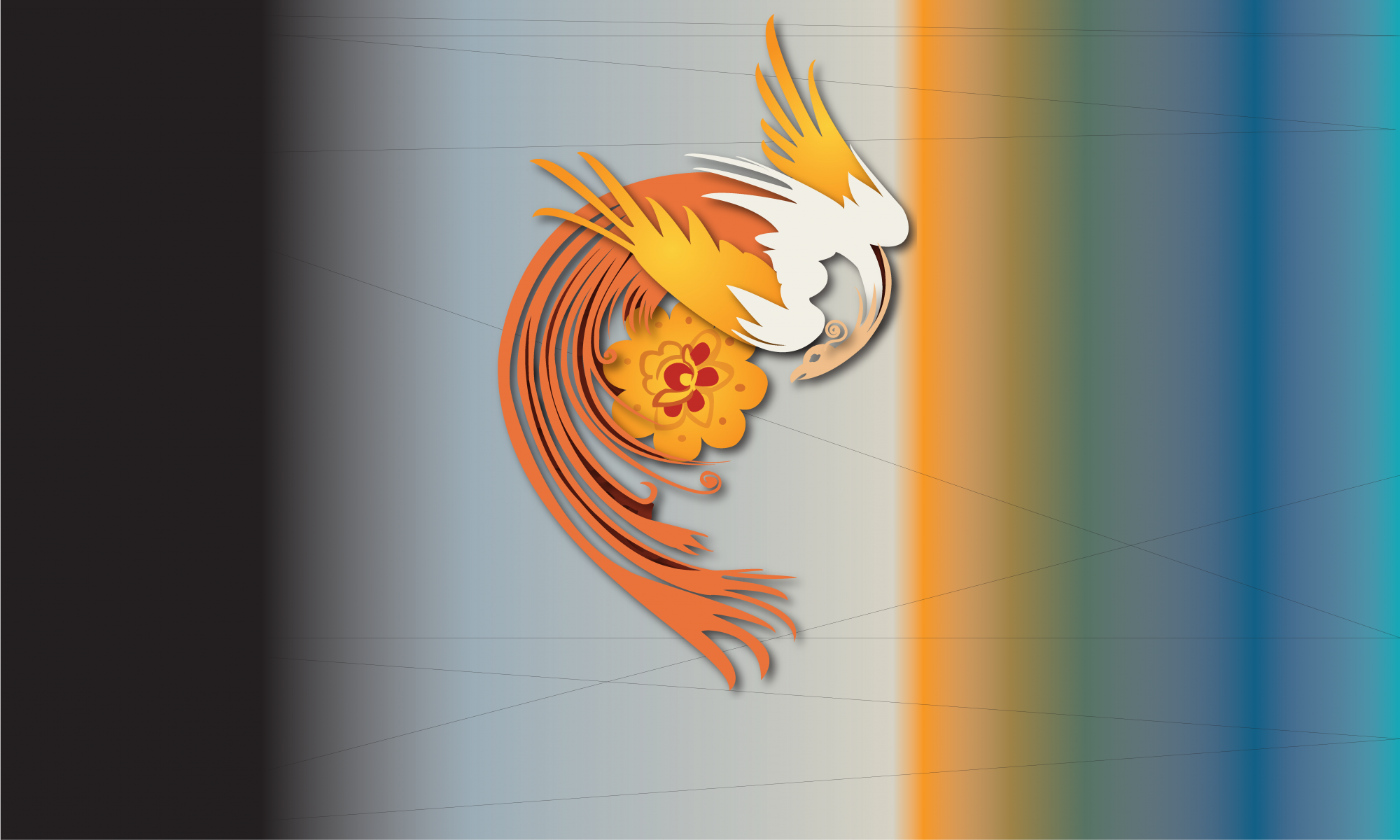Deadline: January 11, 2022
Please find below the invitation to a call for papers with the topic Distance / Digital Learning for the second issue of our Open Access Journal DiSlaw. We would kindly like to ask you to forward this information to associations, organisations and interested colleagues.
We look forward to your contributions. Our call aims for a discourse on the diverse concepts of digital, remote, mobile and online learning as well as media-based face-to-face teaching and their impact on learning processes from the perspective of Slavic languages taught at schools, universities and university colleges.
The deadline for the submission of abstracts is 11th January 2022. The evaluation grids for abstracts can be found at the following link: https://www.uibk.ac.at/slawistik/dislaw/einreichung.html.en.
The call for papers is now open. For further information, please see the attachment/s or visit our website: https://www.uibk.ac.at/slawistik/dislaw/ (general information), https://www.uibk.ac.at/slawistik/dislaw/dislaw_bilder_docs/02_second_cfp_en_sb_wst_final.pdf (calll for papers).Call for Papers
DIGITAL / DISTANCE LEARNING
The media promote and offer a wide range of values on a daily basis and have a significant impact on children and adolescents. (Bulganová, n.d.)
Digital education is nowadays more topical than ever, and digital media have become an integral part of our everyday lives. During the COVID-19 pandemic, in the education sector hardly any other topic has been discussed as controversially as distance, home or remote learning. In this context, questions concerning the technical equipment of schools and of private homes, the teachers’ and learners’ (digital) media literacy, as well as questions about possible psychosocial consequences of distance learning have become the centre of media attention and academic discourse (cf. e.g., Bacher, 2021; Jesacher-Rößler & Klein, 2020; Steiner et al., 2020). However, for foreign language education and pedagogic research also media-based classroom learning is of particular interest. After all, it is part of the educational mandate of schools to enable students to participate successfully in the social and professional life of the 21st century, for which digital skills are indispensable (cf. BMBWF, 2020, pp. 8–9; KMK, 2012, pp; 4, 9, Lorenz et al., 2017, p. 49). One of the essential questions coming to the fore is how digital media can be efficiently and profitably implemented into the foreign language classroom (cf. Roche, 2008, p. 60; 2016, p. 92). Especially in the case of geographically distant languages, such as Russian, digital media offer new possibilities for language learning – be it online or in face-to-face lessons.
In the second issue of the open access journal DiSlaw, we would like to engage in a discourse on the diverse concepts of digital / distance / mobile / remote / online and media-based class¬room learning and their impact on teaching from the perspective of Slavic languages. Desirably, also practice-based examples of efficient digital learning environments should be presented and discussed. As a theoretically founded and practice-oriented journal, DiSlaw is looking for both academic contributions and best-practice examples that illustrate personal experience, successful strategies, and attempts at implementing digital media into the language learning process.
The following topics are suggestions for a contribution but you are not limited to them:
• Digital media in the foreign language classroom
• Digital learning and motivational aspects
• Digital media in different learning settings
• Digital media and task-based language learning
• Digital testing and assessment
• Digital media literacy in the Slavic language classroom
• Advantages and disadvantages of digital / distance / mobile / remote / online or media-based learning
• Digital learning and COVID-19
• Digital media and in-service training for teachers of Slavic languages
• Digital learning and digital hygiene
• Digital learning and learning objectives
Please send the title and an abstract of approximately 250 words to the following address by 11th January 2022 at the very latest: redaktion-DiSlaw-Slawistik@uibk.ac.at.
We kindly ask you to indicate in which of the languages listed below you are writing your contribution. Also, include the working title and a short biographical statement about yourself (institutional affiliation, functions/area of work, research interests).
Submission of contributions and a second abstract in English will be due on 19th April 2022 at the latest, as the publication of the second issue of DiSlaw is planned for July 2022. The stylesheet and expected scope of the contribution can be found on the following website: https://www.uibk.ac.at/slawistik/dislaw/einreichung.html.en.
Possible languages of contributions: Bosnian, German, English, Croatian, Russian, Serbian, Slovenian
References
Bacher, S. (2021, unveröff.). Digitale Medien im schulischen Russischunterricht. Eine Basiserhebung im deutschsprachigen Raum. Innsbruck (=Dissertation).
Bulganová, D. (n.d.). Values in the media and their impact on young people. https://tinyurl.com/45jddpyj (12.10.2021)
Bundesministerium für Bildung, Wissenschaft und Forschung (BMBWF) (Hrsg.) (2020). Lehrplan der allgemeinbildenden höheren Schule (AHS). https://tinyurl.com/vus4njf (28.09.2021).
Jesacher-Rößler, L., & Klein, E.D. (2020). COVID-19: Strategien der Schulentwicklung in der Krise. Ergebnisse einer Schulleitungsbefragung in Österreich. Working Paper, Innsbruck: Arbeitsbereich Schulentwicklungsforschung und Leadership, Institut für LehrerInnenbildung und Schulforschung. DOI 10.25651/1.2020.0010.
Kultusministerium (KMK) (Hrsg.) (2012). Fachlehrplan Sekundarschule Russisch (Sachsen-Anhalt). https://tinyurl.com/yd899j6x (25.05.2020).
Lorenz, R., Bos, W., Endberg, M., Eickelmann, B., Grafe, S., & Vahrenhold, J. (Hrsg.) (2017). Schule digital – der Länderindikator 2017. Schulische Medienbildung in der Sekundarstufe I mit besonderem Fokus auf MINT-Fächer im Bundesländervergleich. Waxmann.
Roche, J. (2008). Mediendidaktik Fremdsprachen. Hueber.
Roche, J. (2016). Kriterien für die Auswahl von Lernmaterialien und Medien. In E. Burwitz-Melzer, G. Mehlhorn, C. Riemer, K.-R. Bausch & H.-J. Krumm (Hrsg.), Handbuch Fremdsprachenunterricht: Sechste, völlig überarbeitete und erweiterte Auflage (S. 466–471). Narr Francke Attempto.
Steiner, M., Köpping, M., Leitner, A., & Pessl, G. (2020). COVID-19 und Home-Schooling. Institut für Höhere Studien. https://tinyurl.com/y42bnuzx (28.09.2021).
Further references (esp. in English and Russian) may be found at the following link: https://www.uibk.ac.at/slawistik/dislaw/einreichung.html.en.
The first issue of DiSlaw on the topic of “Motivation” may be accessed at: https://www.uibk.ac.at/slawistik/dislaw/ausgaben.html.en.
